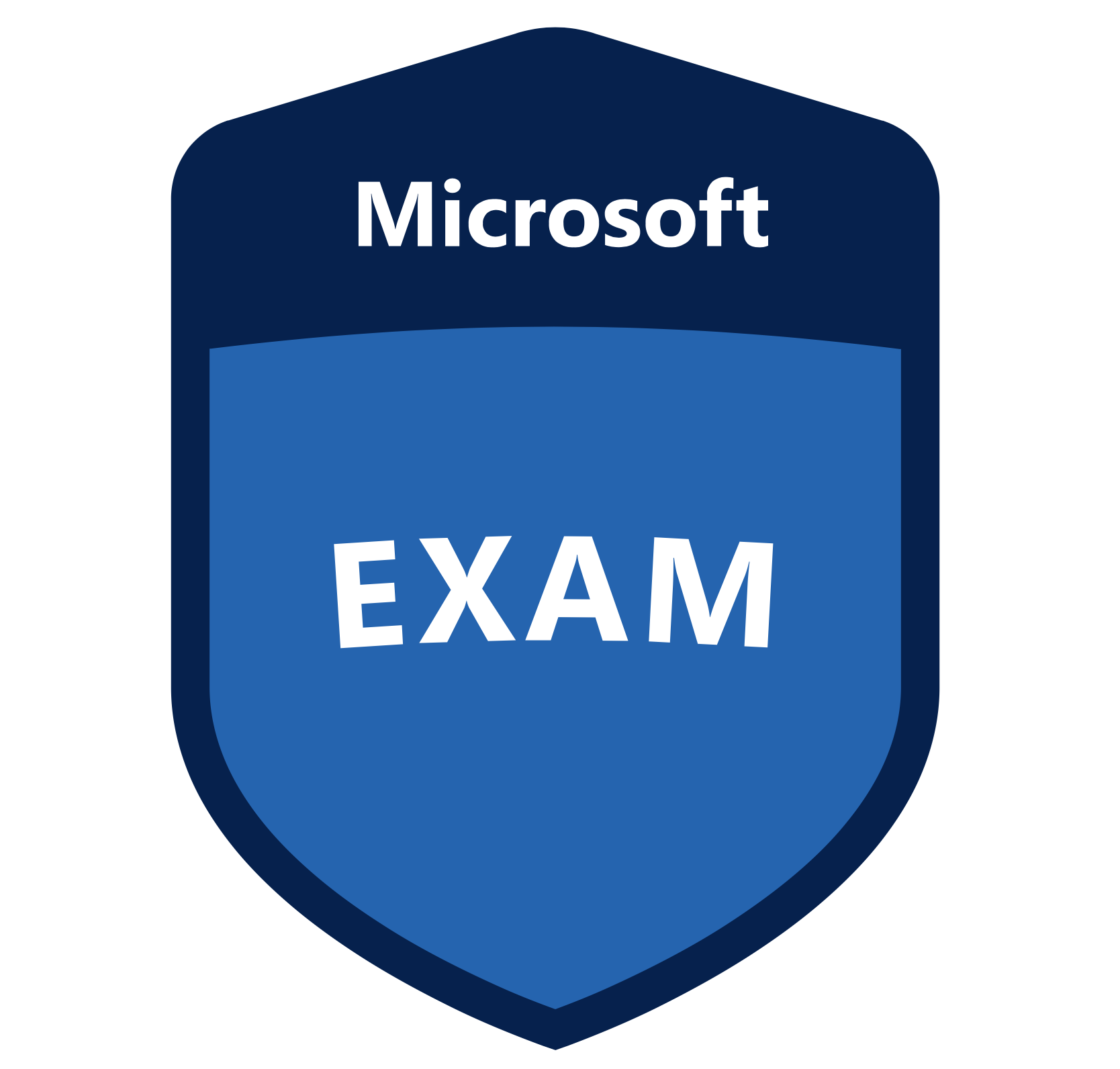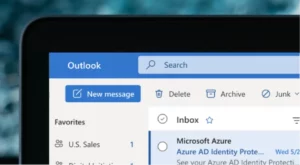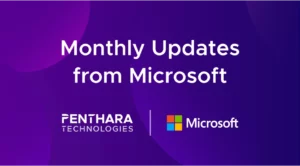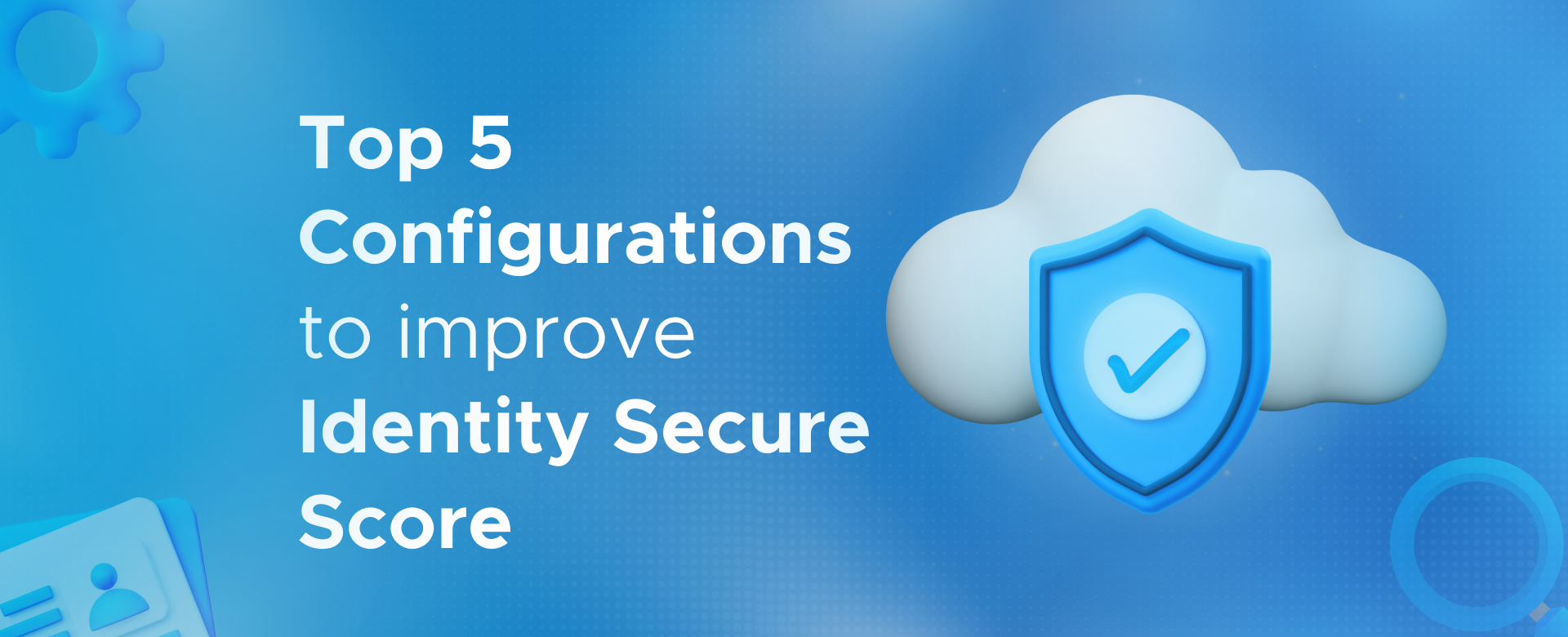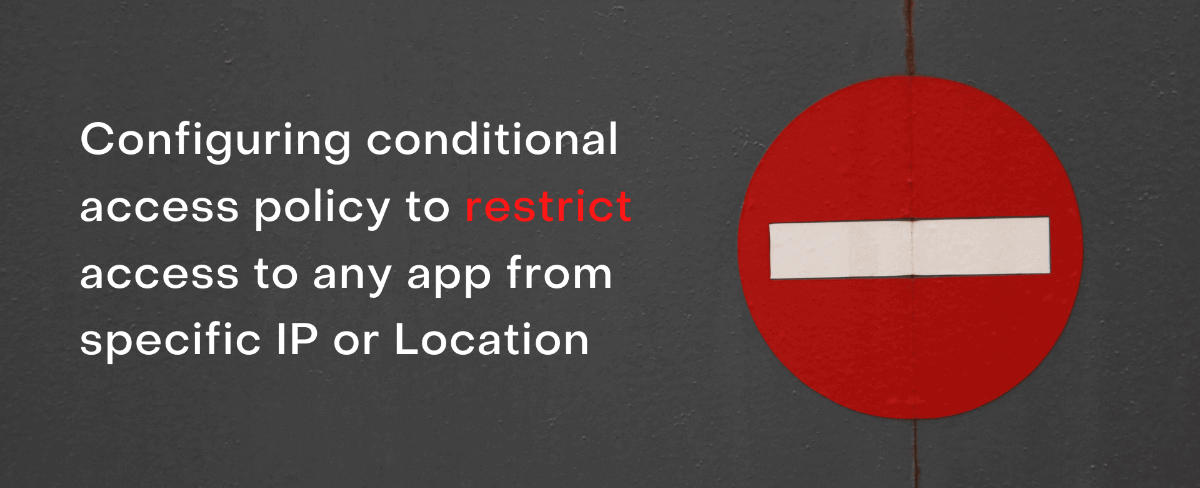My name is Raghav Jain. I joined Penthara Technologies in October 2020 as a Cloud Engineer Trainee. Before that, I knew cloud, but it is only after joining the company I started implementing the things practically being provided with $150 worth of credits every month via Visual Studio subscription (formerly MSDN subscription) by the company. As a trainee, I was always guided by my super friendly mentors. Later in December, I cleared my Azure fundamentals (AZ-900) exam and in March 2021 I successfully cleared AZ-104 in one attempt.
Throughout the preparation for the exam, certain topics required more attention in detail to understand. ’Manage Identities and Governance’ was the module I found a bit complex at first but later interesting. It majorly includes creating and managing users, giving role-based access (RBAC) to a specific user, creating custom roles for Azure resources as per the requirement. Azure Active Directory (AAD) includes a lot of things that require some serious hands-on implementation to understand what is going on, how things are working all together. It is very important to understand the different licenses and their features ranging from free to Azure AD Premium P2. This was the area that I focused on and worked hard implementing everything practically which gave me enough confidence to answer questions from this topic.
I would suggest to practically implement all subsections covered in the ‘Configure and manage virtual networks for azure administrators’ module to understand how the networking operates in azure. The majority of the questions (25-30%) are being asked from this module and the questions are tricky as well. Giving practice exams will clear these concepts more as it will cover most of the scenarios. Load Balancing, DNS, Vnet Peering, Azure Bastion are some of the aspects covered in this module.
‘Implement and Manage storage’ is a module that is important to understand thoroughly as it clears all the aspects related to azure Blob, Table, File, Queue and VM disks. Azure provides different series and sizes of its VM disks. It is not possible to remember all VM sizes, but one must at least know which series (A, B, D, H, etc.) is best suited as per the requirement. In the exam, I was given a scenario where I had to choose the right-sized disk which fulfills the given requirements and is also cost-efficient. 15-20% questions (mostly scenario-based) do come in the exam from this module.
‘Deploy and Manage Azure Compute Resources’ module covers the azure compute resources. I found this module very interesting to study and implement except that it lagged more in depth understanding of Kubernetes. For instance, it is mentioned in the documentation about Azure Kubernetes Cluster (AKS) and how to deploy them on Azure but before deploying it, a lot more understanding of Kubernetes is required in advance which needs to be studied from the other resources. Therefore, I felt that it is better to study them through other resources to have an actual understanding of what they are. Also, while giving practice exams I was not confident enough to answer questions on Kubernetes, So I studied these topics, their basic commands watching videos on YouTube. One of the videos I liked was What is Kubernetes. 25-30% of the questions in the exam are asked from this module. Successful completion of this module makes one eligible to deploy and configure virtual machines, containers, and web apps in azure.
‘Monitor and Backup Azure Resources’ is a short module and covers Azure Monitor, Backup, Logs, Alerts and Site Recovery. Monitoring performance of virtual machines by using Azure Monitor for VM’s was the subsection in which I missed to go a step further in understanding the syntax and structures i.e., after successfully deploying the log analytics workspace, which is used to run azure monitor log queries, I simply ran built in queries which are just a click away. Whereas it is very important to understand the syntax of the queries. The queries are written in Kusto Query Language (KQL). In the exam, you will not have to write any query instead you will be asked to choose the correct syntax out of the given four options. In my case, I got confused with two options as they were very similar, but I did not know that KQL is case sensitive (typically in lowercase). As a result, I got my answer wrong as I selected the one written in uppercase. I would highly recommend remembering the syntax and operators used for KQL so that you can easily judge the right query and answer in the exam.
Completing this module makes an individual learn how to monitor resources by using Azure Monitor and implement backup and recovery in Azure. 15-20% of the questions in the exam are asked from this module.

